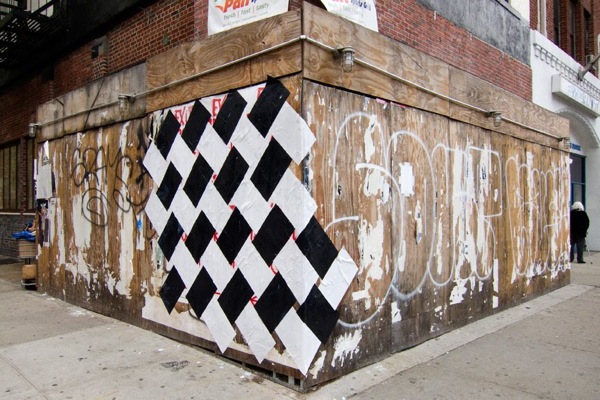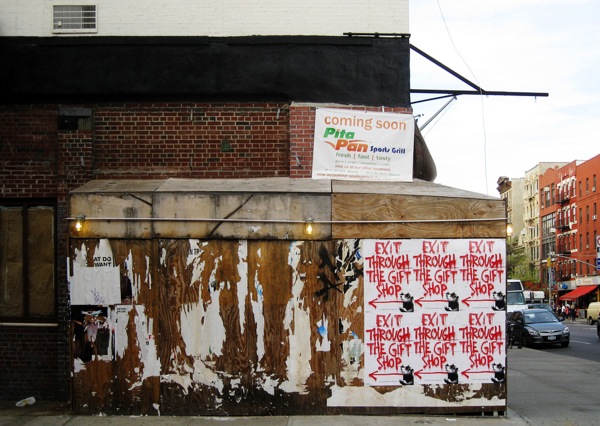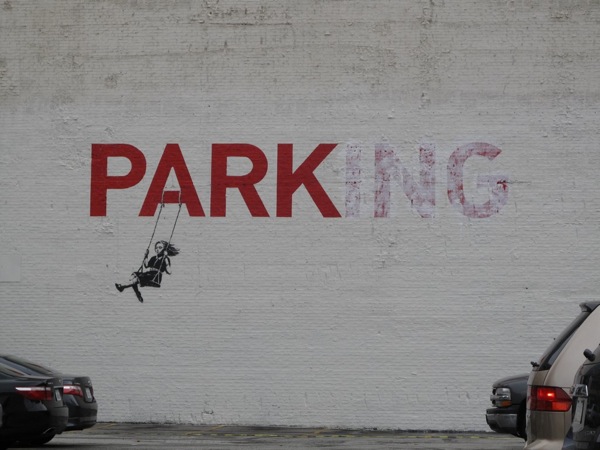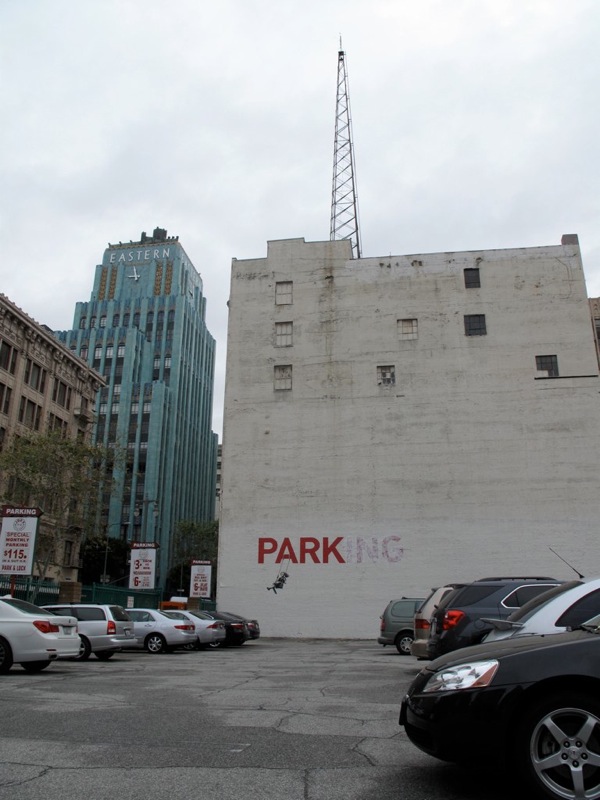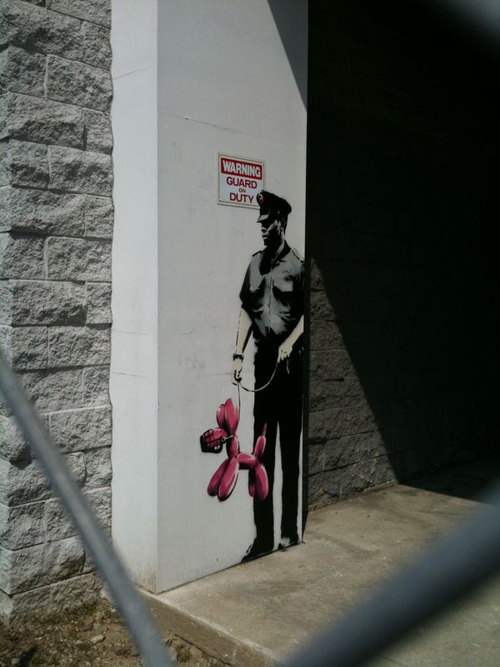This Wednesday, Dreweatts hosts their latest urban art auction in London. This time around it’s called “Urban Contemporary.” Honestly, I’ve avoided posting about this auction until now because while there are some highlights, the lowlights are awkward and disappointing to write about.
Lets start with the positives. Some of works that I’m really liking (in no particular order):

Lot 89: Point Blank by Martin Lea Brown. 67cm x 167cm. Estimated £3,000-5,000. This painting looks okay online, but is just so nice in person.

Lot 72: Musas by Sam3. 91.5cm x 61cm. Estimated £700-900. An interesting painting for the price. It amazes me how cheap a Sam3 original can be. Though I suppose his work is best experienced outside.
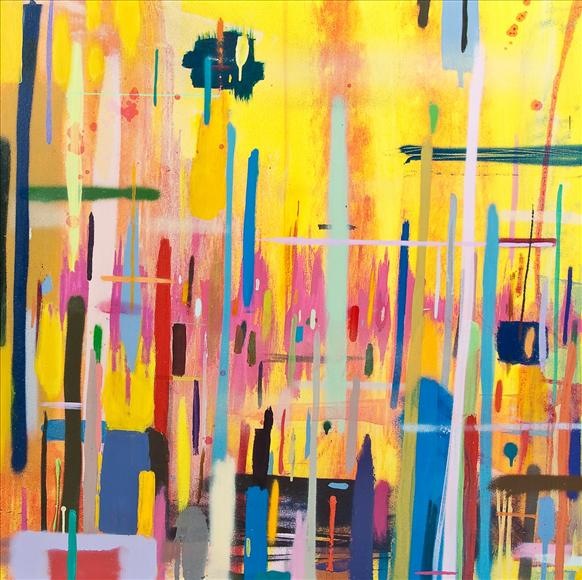
Lot 64: African Fence by Rowdy. 91.5cm x 61cm. Estimated £900-1,100.

Lot 47: Studio Critics by Sweet Toof. 91.5cm x 61cm. Estimated £2,000-4,000. Sweet Toof is a painter. He’s a graffiti writer. He’s a street artist. He’s a print-maker. What is he? He’s talented.

Lot 49: Cruncy – Pity of London by Ronzo. 40cm x 40cm Plinth. 106cm x 40cm. Estimated £1,000-1,5000. Apparently this is the only Pity of London sculpture that didn’t go on the streets. So it’s something kind of special.
And now the things about this auction that epically disappoint me. The things that made me not want to write about this auction at all. In no particular order. And there are others lots in this sale that were very disappointing to see at auction, but I’m not going to list them all. Hopefully this gives you a taste.
Lot 13: Self Portrait by Adam Neate. 167cm x 123cm. Estimated £15,000-20,000. Almost everyone I know believes that Adam Neate’s pieces like these should be kept out of auction at all costs. Even if this reaches the high estimate for the piece, it will only serve to further damage the market for his paintings. And in my opinion, Adam is one of the most talented British painters working today, so I’d like to see the market for his paintings recover.
Lot 9: Morons by Banksy. 76.5cm x 56cm. Estimated £3,000-5,000. Every “urban art” auction seems to have at least one Morons print.
Lot 17: Untitled by Seen. 60cm x 70cm. Estimated £600-800. I don’t take issue with this painting. I definitely take issue with how Dreweatts has handled the artwork in their sale. In the catalog, this painting is upside down. Luckily, that’s been fixed online. But when I went to see this piece in the flesh at the auction house last Thursday, it was hung sideways. That, or it’s now sideways online (but given that the central icon of the piece is a Seen tag, I’m guessing that the tag is meant to be read left to right, so the online image is correct and it was hung sideways). Either way, that’s more than a little bit upsetting.
Lot 63: Number 5 by Herakut. 80cm x 100cm. Estimated £2,000-3,000. Another great painting that Dreweatts has just handled poorly. Again, it’s online and in the catalog sideways (and possibly hung that way in the auction-house as well, I can’t remember)! Now, given the content of the painting, I can see how somebody might not be sure which way is up. In fact, you’d have to look at the painting for more than half a second to realize that it might be sideways. How did I figure out that the piece is sideways? There’s an image of the piece online. And it was originally part of a tetraptych, so you know that the image I found online has the painting hanging the right way. Could Dreweatts have missed this? Sure. Except that lot 62 is a painting from the same tetraptych. It amazes me that nobody at Dreweatts took the 30 seconds of research that it took me to figure out which way this painting is meant to hang. Epic fail.
So that’s the Dreweatts “Urban Contemporary” auction. It takes place on Wednesday April 21st in London, and you can bid online.

